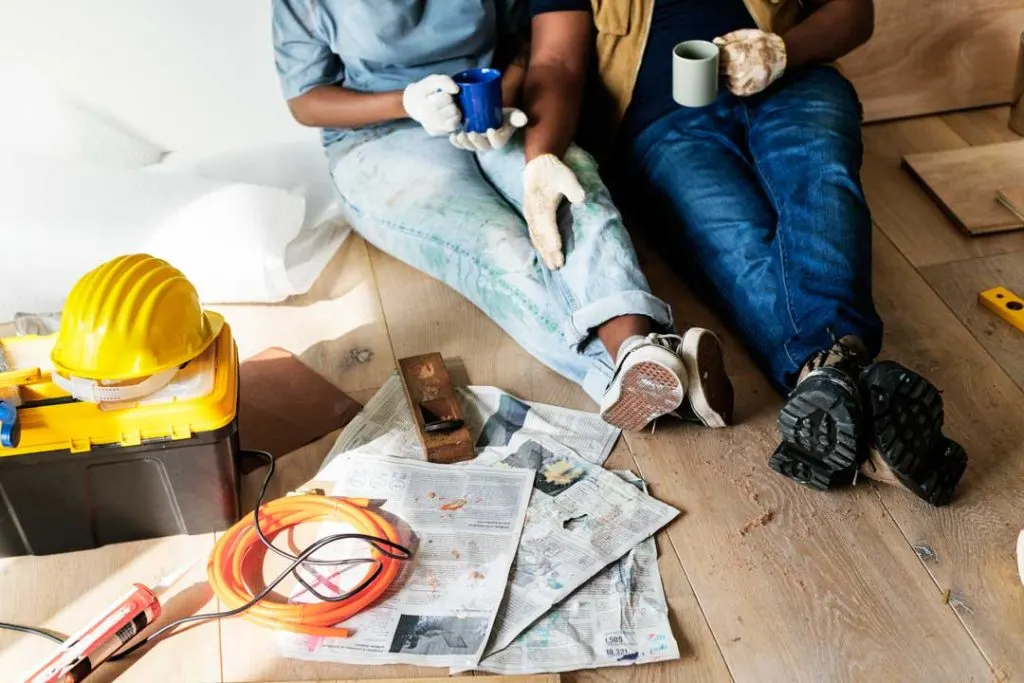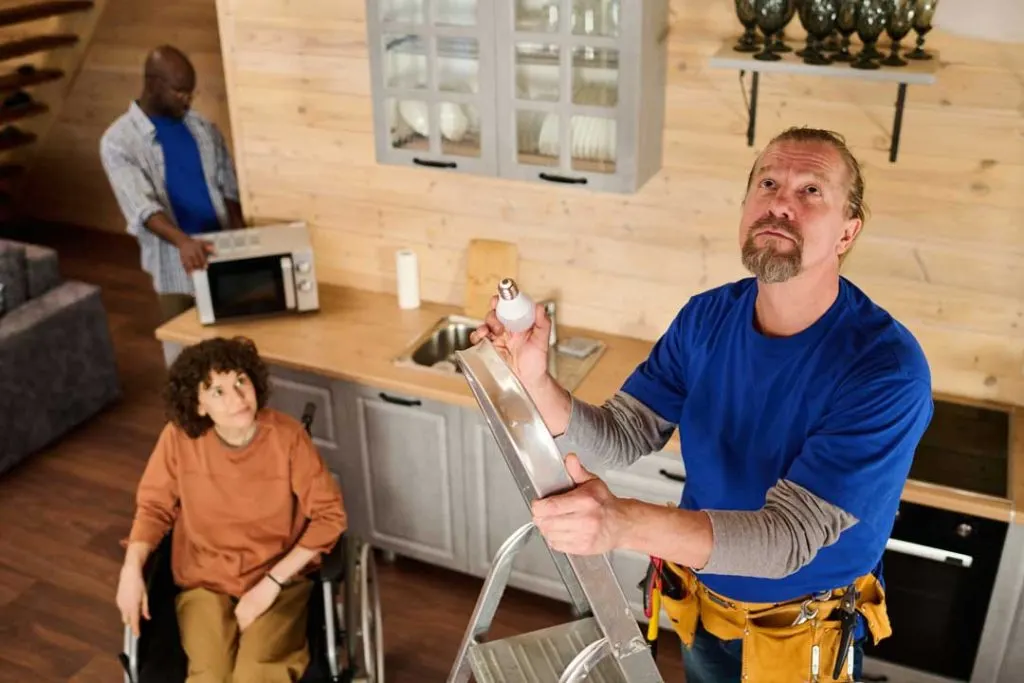Not all home repairs need immediate attention, but some can’t wait. Knowing the difference helps you save time, money, and stress.
Owning a home means dealing with repairs, but not everything needs fixing right away. Understanding home repair priorities helps you manage urgent fixes while planning noncritical upgrades efficiently. Whether it’s a burst pipe or a chipped tile, knowing what requires immediate attention keeps your home safe and running smoothly. Let’s explore how to prioritize repairs like a pro.

Home Repair Priorities: What to Fix Now vs. What Can Wait
Managing a home often feels like juggling a never-ending list of tasks, especially when something breaks down unexpectedly. From leaky faucets to electrical glitches, deciding which repairs need immediate attention and which can be delayed is essential for maintaining both your sanity and your home’s functionality.
By understanding the difference between urgent and noncritical repairs protect your household from potential hazards.
What Are Urgent Repairs?
Urgent home repairs are those that, if left unresolved, can lead to significant damage or pose safety risks. For instance, a burst pipe isn’t just inconvenient; it can flood your home and cause severe water damage to floors, walls, and furniture.

In such cases, calling a professional plumber without delay is critical to preventing extensive and costly issues. Similarly, electrical problems like sparking outlets or frequent power outages demand immediate attention due to the potential risk of fires.
Heating or cooling system failures, particularly during extreme weather, also fall into this category, as they can compromise your family’s comfort and safety. Additionally, issues like roof leaks during heavy rain or broken windows during freezing temperatures must be addressed promptly to avoid escalating problems and maintain livable conditions in your home.
What Qualifies as Noncritical Repairs?
On the other hand, noncritical home repairs, while still important, can often wait for a more convenient time. These include tasks like fixing small cosmetic issues such as peeling paint or worn flooring, addressing slow-dripping faucets, or dealing with a malfunctioning appliance that doesn’t threaten safety or cause further damage.
Minor exterior repairs, like patching cracks in the driveway or replacing a loose fence panel, also fall into this category. Though not emergencies, these issues should still be addressed in due course to maintain your home’s overall functionality, prevent gradual deterioration, and preserve its visual appeal.
How to Stay Prepared
Being prepared for home repairs can significantly reduce stress when problems arise. Keeping a list of trusted professionals on hand, including a reliable plumber or electrician, ensures you have the right support during emergencies.

Regularly inspecting your home for signs of wear and tear, such as small leaks or unusual appliance noises, can help you identify and address potential issues early. Additionally, setting aside a dedicated repair fund allows you to tackle unexpected problems without derailing your budget.
Balancing Repairs for a Safer Home
Balancing urgent and noncritical repairs is key to managing your home effectively. Acting swiftly on critical issues protects your family’s safety and prevents minor problems from escalating into major ones, while scheduling nonessential fixes at a later time helps you stay organized.
Urgent vs. Noncritical Home Repairs: A Smart Homeowner’s Guide
Your home is the foundation of your family’s daily life, and taking a proactive approach to repairs ensures it remains a safe and comfortable haven. Whether addressing urgent concerns or planning for less critical fixes, a well-prepared homeowner can confidently tackle the challenges of maintaining a home.
With a little foresight and a reliable network of professionals, you’ll be ready to handle anything that comes your way. Check out the infographic below to learn more.
Staying on top of home repair priorities ensures your home remains safe, comfortable, and functional. Addressing urgent issues immediately can prevent costly damage, while planning noncritical fixes helps maintain your home’s long-term value. By being proactive and having a trusted network of professionals, you can tackle home maintenance with confidence and ease.
Urgent repairs include plumbing leaks, electrical hazards, HVAC failures, and roof damage, as they can cause significant damage or pose safety risks.
If a repair affects safety, security, or major home systems like plumbing and electricity, it’s urgent. Cosmetic issues and minor wear and tear can often wait.
Set aside a home maintenance fund to cover both urgent repairs and planned upgrades. Experts recommend saving 1-3% of your home’s value annually for maintenance.
Simple fixes like painting or minor caulking can be DIY, but electrical, plumbing, or structural repairs should always be handled by professionals for safety.
Conduct seasonal home inspections to identify small issues before they become major problems, focusing on plumbing, roofing, HVAC, and electrical systems.

Jessi is the creative mind behind The Coffee Mom, a popular blog that combines parenting advice, travel tips, and a love for all things Disney. As a trusted Disney influencer and passionate storyteller, Jessi’s authentic insights and relatable content resonate with readers worldwide.
